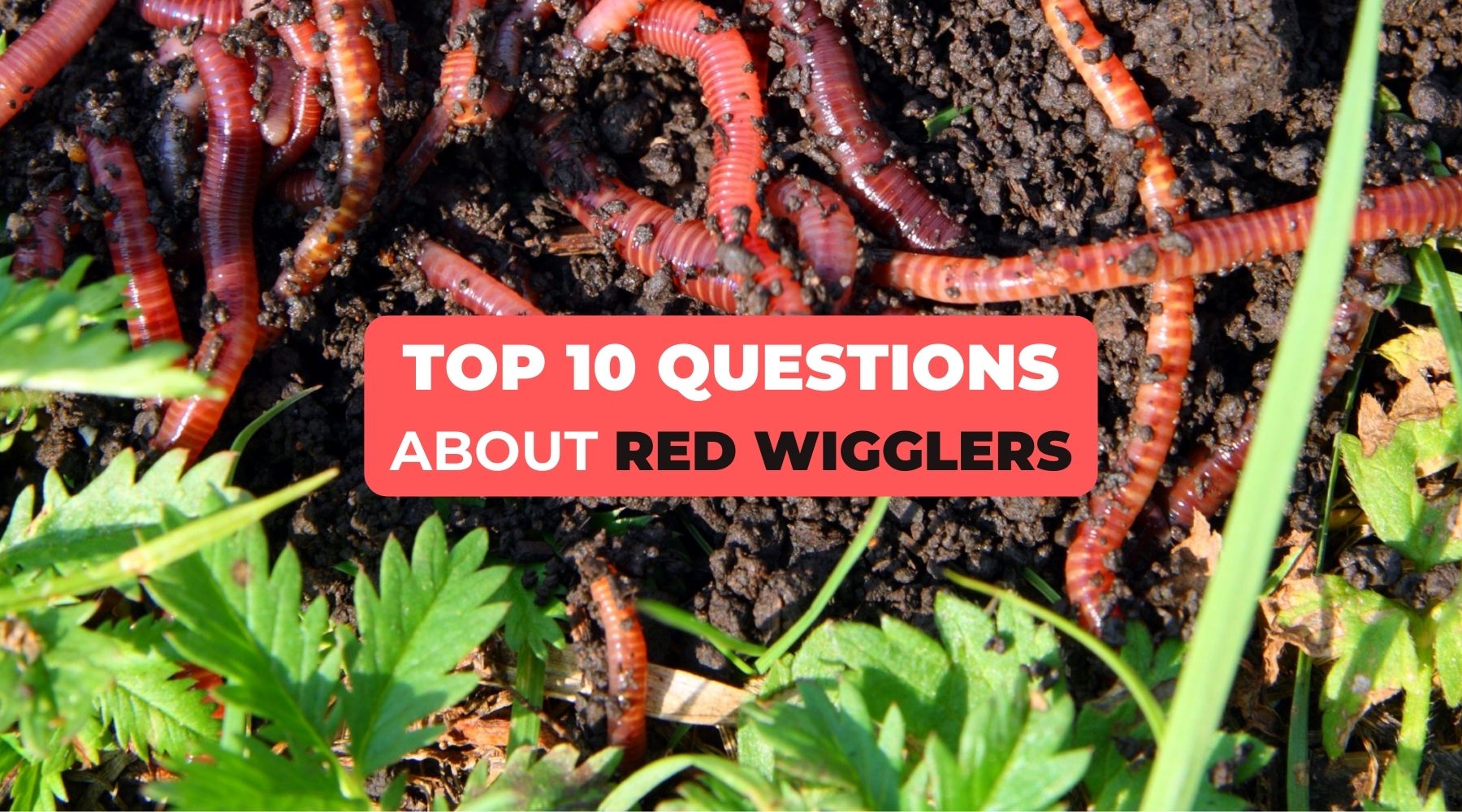Red Wiggler Express Fundamentals Explained
Red Wiggler Express Fundamentals Explained
Blog Article
The Ultimate Guide To Red Wiggler Express
Table of ContentsNot known Factual Statements About Red Wiggler Express The 3-Minute Rule for Red Wiggler ExpressRed Wiggler Express for BeginnersThe Best Strategy To Use For Red Wiggler ExpressFacts About Red Wiggler Express Revealed
It's secure to say this stuff would certainly have been fantastic to add as a to vermicomposting systems! And the thriving Red Worm population? It just never occurred. Even in the load that was set up directly in front of backyard composters with existing Red Worm colonies. Yet these nutritionally-boosted timber chip environments are definitely filled with Lumbricus sp.
Numerous ranges, including Red Wigglers, European Nightcrawlers, and Lumbricus types were brought over from the European continent. Below's the thingNative or not - and as gifted as they are at being able to endure in a wide-range of settings and problems -. Simply put, they are much much more likely to hang out in any active composting systems you have set up, than they are to wander off and start messing up the atmosphere.
Roots need oxygen for respiration and rely upon smooth air flow within the soil to thrive. When it rains, soil can end up being saturated with water, reducing the oxygen available and preventing nutrient absorption. To maintain an optimal equilibrium, the dirt has to allow water to drain adequately, leaving enough room for air to support origin health and wellness
Red Wiggler Express - Truths

When it comes to worms for composting, what comes to mind? If you were an earthworm breeder, dealer, or ordinary garden enthusiast, after that you would certainly know that red wiggler worms are the suitable worms for vermicomposting. To read more concerning these planet wonders, checked out some of the red worm truths below.
(http://ifidir.com/Red-Wiggler-Express_413119.html)If they extend their bodies, you'll be able to see the red stripes on their skin. When elevating worms such as red wiggler worms, you need to be able to know exactly how to profit them. When you have the ability to preserve and look after their environment well, and likewise feed them the best kinds of organic wastes, then they'll be able to generate nutrient-packed and quality-rich worm spreadings for you (likewise referred to as worm poop or compost).
The 5-Second Trick For Red Wiggler Express
What do worms consume? Well, these red wriggler worms can be fed with cooking area scraps and garden wastes.

This actions makes them fit forever in worm bins, compost heap, and various other restricted areas where organic waste is plentiful. Developing an optimum atmosphere for red wigglers needs a thoughtful strategy. Consider the following necessary components to take care of red wigglers at home and ensure their well-being: Make use of a bed linens of shredded paper or cardboard.

Red wiggler worms reproduce by laying small, lemon-shaped eggs in protective cocoons. These cocoons are normally deposited in the bed linen and hatch into child worms within a few weeks.
Red Wiggler Express Fundamentals Explained
Their adaptability and durability have made them a preferred option for vermicomposting in numerous regions around the globe. Take into consideration protective steps for extremely severe temperature levels such as: Shielding the worm bin with layers of straw or leaves. Worm Farms Near Me.

Just keep in mind - you can always include even more food later (but it's hard to get rid of feed once it's been included to a bin!).
Because I fed the red wigglers and garden compost worms too much, they weren't able to maintain up and over time the older food went leftover and produced anaerobic problems that killed the worms. Right here're the 6 gold policies for how usually and how much to feed your worms: Regulation # 1: Moderation!
The Single Strategy To Use For Red Wiggler Express
Leftover food will certainly lead to anaerobic problems that will certainly eliminate your real-time worms. Rule # 6: After the first feeding, feed the worms 1/3 to 1/2 of their weight.
Report this page